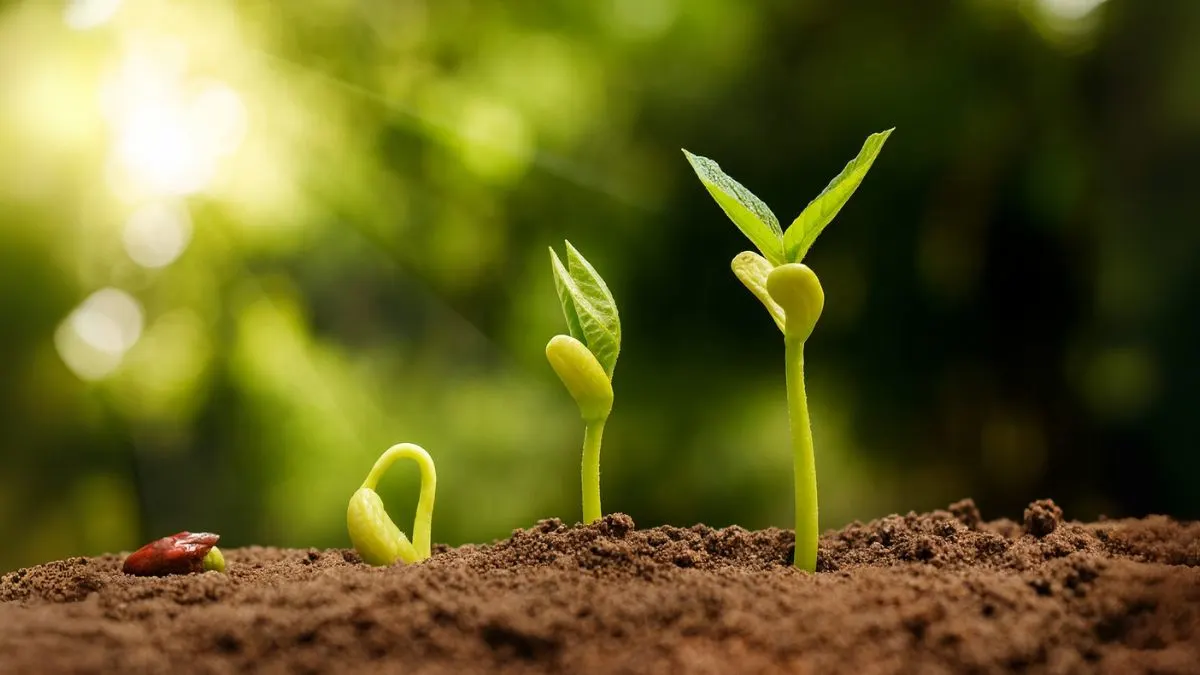Why do some plants bloom only in spring, while others wait for the long nights of autumn? The secret lies in changing day length (photoperiod), a natural environmental cue that plants have evolved to recognize. This timing mechanism is central to their ability to survive and reproduce in diverse climates.
In simple terms, photoperiodism is a plant’s physiological response to this cue, primarily influencing flowering. Whether you’re a backyard gardener or an agricultural scientist, understanding photoperiodism can help you grow healthier plants, improve crop yields, and even plan gardens that bloom beautifully across seasons.
What is Photoperiodism?

At its core, photoperiodism is the sum total of plant’s physiological responses to the duration of light and dark. This goes beyond just flowering—it affects seed germination, dormancy, and growth cycles.
- Short-day plants (like chrysanthemums and poinsettias) flower when nights are long.
- Long-day plants (such as spinach and lettuce) bloom when nights are short.
- Day-neutral plants (like tomatoes) are less influenced by photoperiod and depend more on age or environmental conditions.
This adaptive response ensures that flowering and other developmental processes are regulated in response to the photoperiod, aligning reproduction with favorable conditions.
The Role of Temperature and Photoperiod
Interestingly, days to flowering and seed yield were affected by temperature and photoperiod in many crops, including wheat and soybeans. Farmers rely on this knowledge to choose the right varieties for their region.
For example:
Plant Type |
Photoperiod Requirement |
Effect of Temperature |
Wheat |
Long-day |
High temps accelerate flowering |
Soybean |
Short-day |
Warm temps + short days = high yield |
Tomato |
Day-neutral |
Temperature dominates |
This highlights how photoperiodism works in tandem with temperature to shape plant behavior.
Also Read: Why Horsetails Are the Perfect Plant for Wet Areas, Fences & Backyard Screens
How Photoperiod Influences Flowering
Flowering is not just about beauty—it’s survival. By timing flowering to changing day length (photoperiod), plants ensure their reproductive cycle aligns with pollinator availability and optimal weather.
- Short-day plants bloom in late summer or fall, when the longer nights trigger flowering.
- Long-day plants thrive in late spring or early summer when daylight extends.
- This synchronization helps promote cross pollination, as flowers and pollinators are active at the same time.
Real-Life Examples
- Chrysanthemums (Short-Day Plants): These are classic short-day plants. Gardeners in North America often manipulate light exposure in greenhouses to control blooming, ensuring fresh flowers are available year-round.
- Spinach and Lettuce (Long-Day Plants): These leafy vegetables respond to longer days. In places like Canada and the USA, they thrive in spring and early summer, giving high yields before the hot season sets in.
- Tomatoes (Day-Neutral Plants): Tomatoes show that not all plants depend heavily on photoperiod. Yet, understanding their slight sensitivity to light cycles helps farmers time harvests more effectively.
Personal Experience with Photoperiod Gardening
When I first grew chrysanthemums at home, I noticed they refused to bloom during summer despite my care. Later, I discovered that flowering and other developmental processes are regulated in response to the photoperiod. By moving them to a shaded area to mimic longer nights, I successfully triggered flowering. This experience made me appreciate how photoperiodism is the sum total of plant’s physiological responses to the duration of light, and how mastering it can elevate gardening.
The Science Behind Photoperiodism
Plants sense light through pigments like phytochrome, which detect the ratio of red to far-red light. This signals the plant whether days are lengthening or shortening. The response sets off internal processes that govern when a plant produces flower buds.
In agriculture, this knowledge allows growers to manipulate light cycles in greenhouses, ensuring steady supply of fruits, vegetables, and flowers regardless of season.
Also Read: Why Stromanthe Is the Queen of Variegated Plants
Why Photoperiod Matters Globally
For gardeners and farmers in Canada, the USA, and across the world, photoperiod is crucial because:
- It ensures crops like wheat and soybeans bloom at the right time for maximum yields.
- It allows horticulturists to time flowering of ornamentals for festivals and holidays.
- It helps promote cross pollination, maintaining biodiversity in natural ecosystems.
By aligning with changing day length (photoperiod), plants not only survive but thrive across different geographies.
To put it simply, photoperiodism is a plant’s physiological response to this cue, primarily influencing flowering, but its impact goes much deeper. From determining days to flowering and seed yield affected by temperature and photoperiod to ensuring flowering and other developmental processes are regulated in response to the photoperiod, it’s a survival strategy.
Whether you’re planning a home garden or managing agricultural fields, respecting the changing day length (photoperiod) can unlock healthier blooms, better harvests, and thriving ecosystems. Next time you admire a blooming chrysanthemum or a leafy bed of spinach, remember—it’s all thanks to the silent power of photoperiodism.






